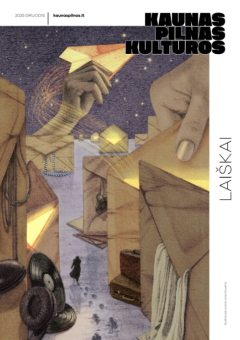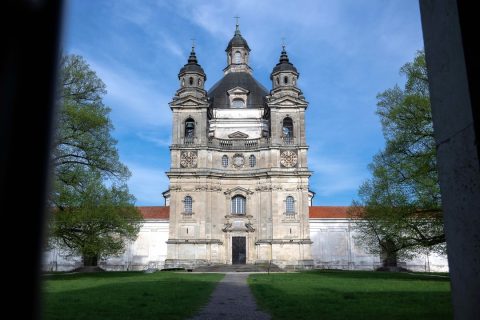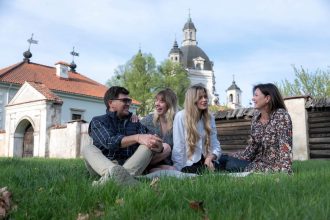It has become commonplace for a modern townsperson to order a book from a library in another part of Lithuania with the click of a button and pick it up at a pickup locker. In other words, when you want a specific book, you’re no longer dependent on such minor details as the working hours of your nearest library or whether someone else is already interested in the same copy.
But libraries have long ceased to be mere book repositories – they are now small cultural centers offering exhibitions, concerts, film screenings, community spaces, and even summer reading areas in parks. The Kaunas Vincas Kudirka Public Library network consists of 21 branches scattered throughout the city. Some are located in apartment blocks, shopping centers, and schools. Many hide (and sometimes openly display) their distinctive character, architecture, and history. On the occasion of the library’s centenary, I am traveling to five branches worthy of our time.
Escape room in Žaliakalnis villa
Raseinių Street in Žaliakalnis may be short, but it accommodates two hotels and a gem of modernist architecture – a villa with a charming round window, full of authentic details and included in the list of cultural heritage sites, which houses a branch of the Z. Kuzmickis library. Although the Lithuanian language scholar, teacher, and textbook author Zigmas Kuzmickis (1898–1976) lived on V. Putvinskio Street, this library bears his name due to an interesting inheritance and donation story.
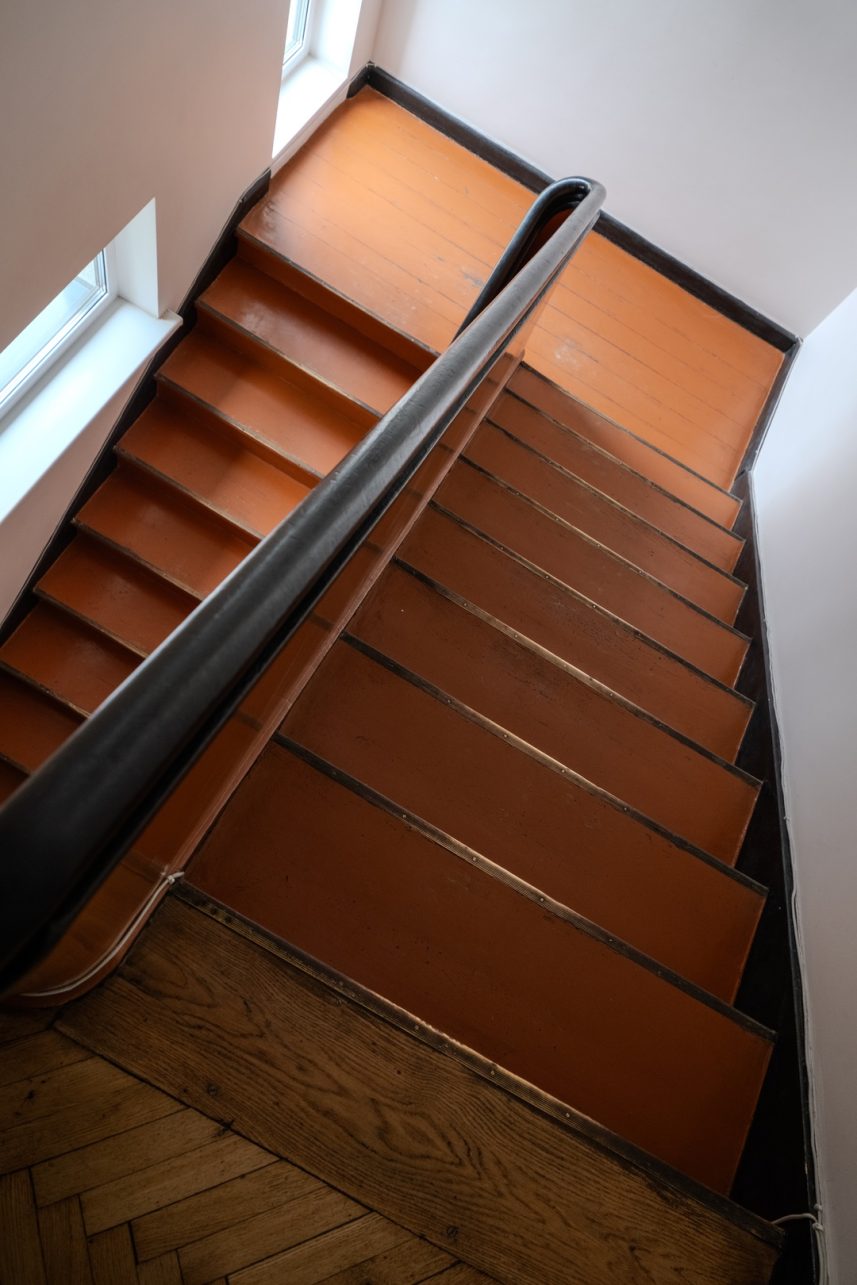
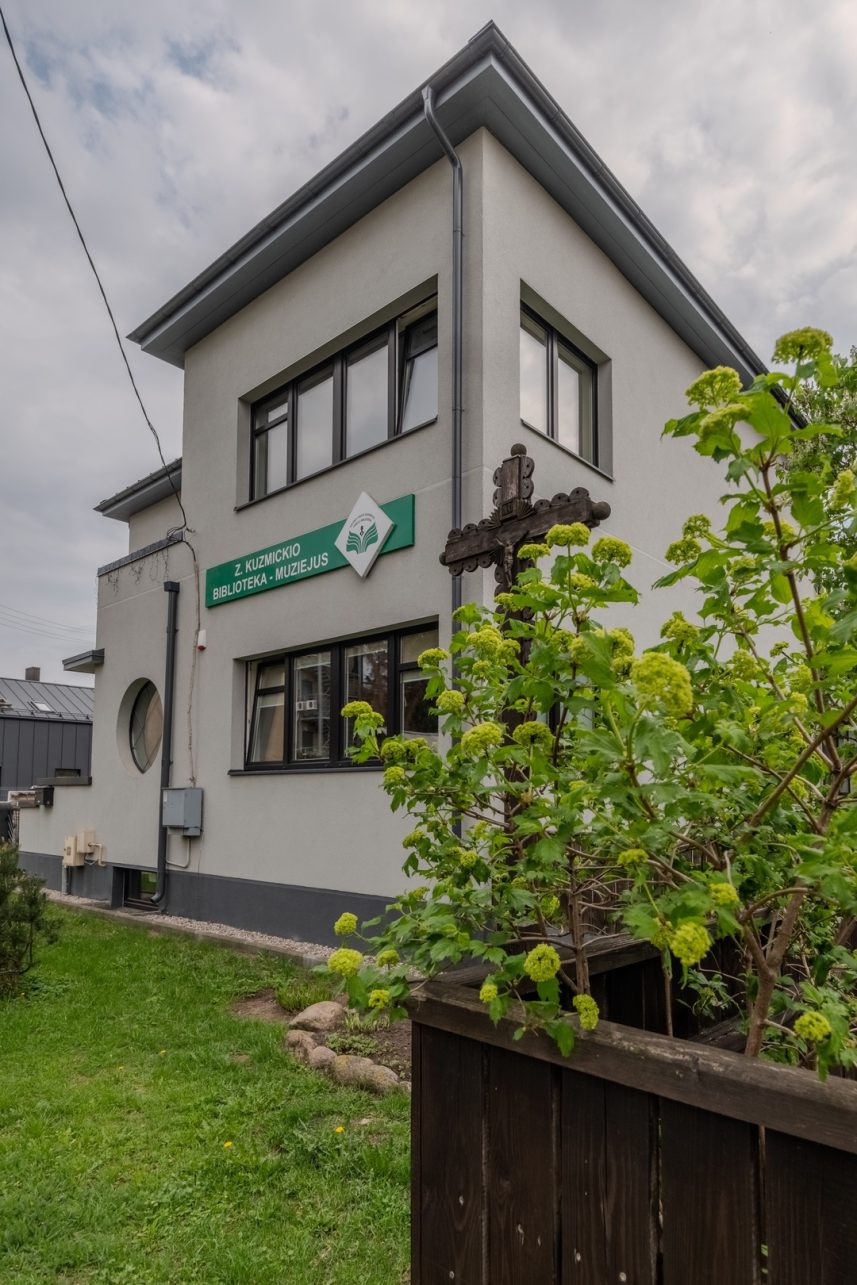
Designed by the young architect Jokūbas Ūdalovas, the house was built in 1938 by pharmacist Adomas Mačius, who later fled to the West. During the occupation, the villa housed a kindergarten and the administration of a children’s cycling sport school. After the restoration of independence, Irena Mačiūtė-Linartienė, who lived there as a child, inherited the house. Her husband Vytautas was a cousin of Zigmas Kuzmickis’ second wife, Teresė, who was sincerely concerned about the memory of her husband. The house was therefore transferred to the Kaunas municipality on the condition that the memory would be cherished, which is why the library bears the name of Z. Kuzmickis. As the senior librarian Vilma Mačiulaitytė, who works here, told us, they are currently preparing an exhibition of the scholar’s documents and personal things.
However, the Kuzmickis branch is not only concerned with the past. Recently renovated, it has been home to a Toy Library for several years, where visitors can borrow board games to take home. The library also contains a free-of-charge escape room. Of course, it has a literary theme of Sherlock Holmes. When asked whether the renovation of the library has increased the number of visitors, senior librarian Inga Dulinskienė says that it is not the walls that attract visitors, but the cultural and educational activities. There are even self-defense classes. It is also a place where the local community gathers.
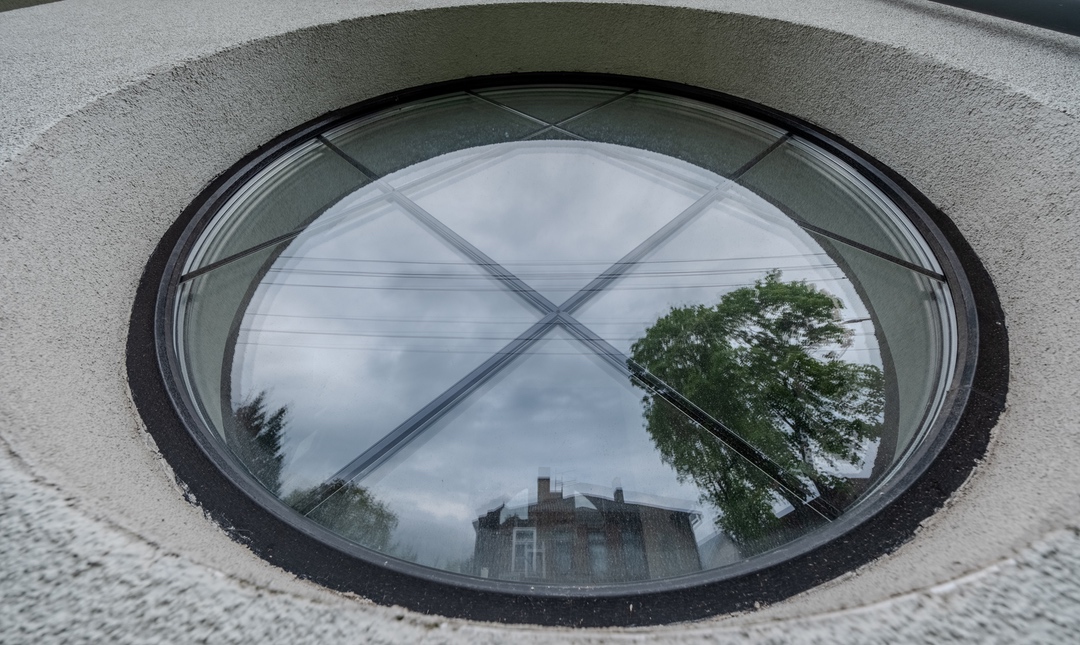
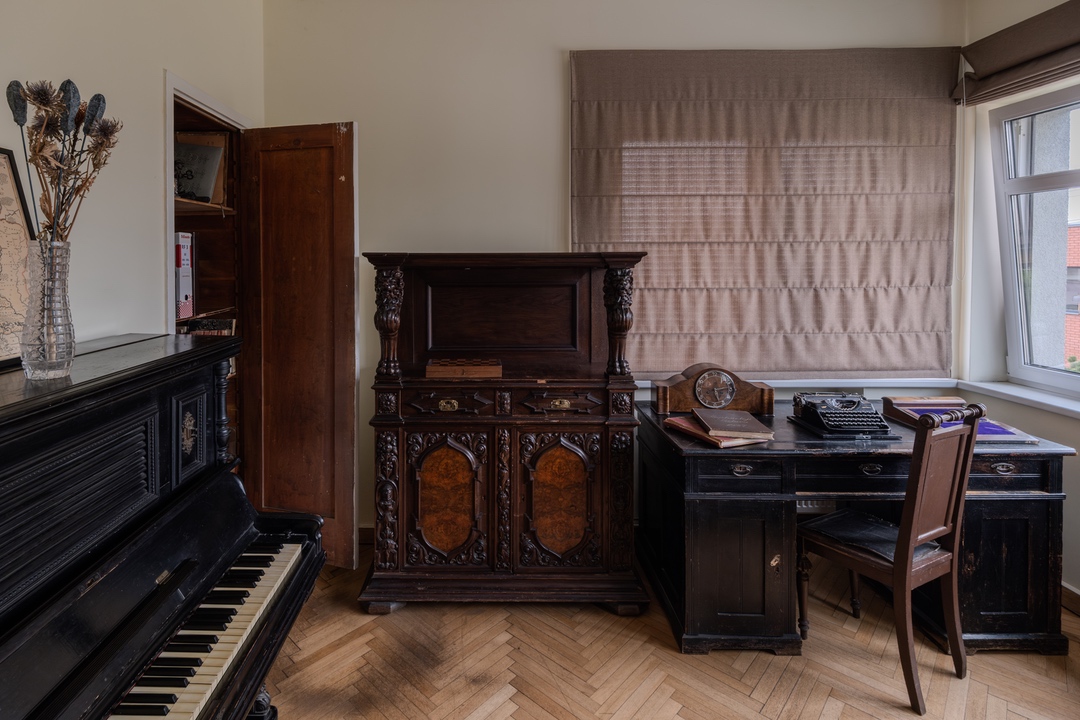
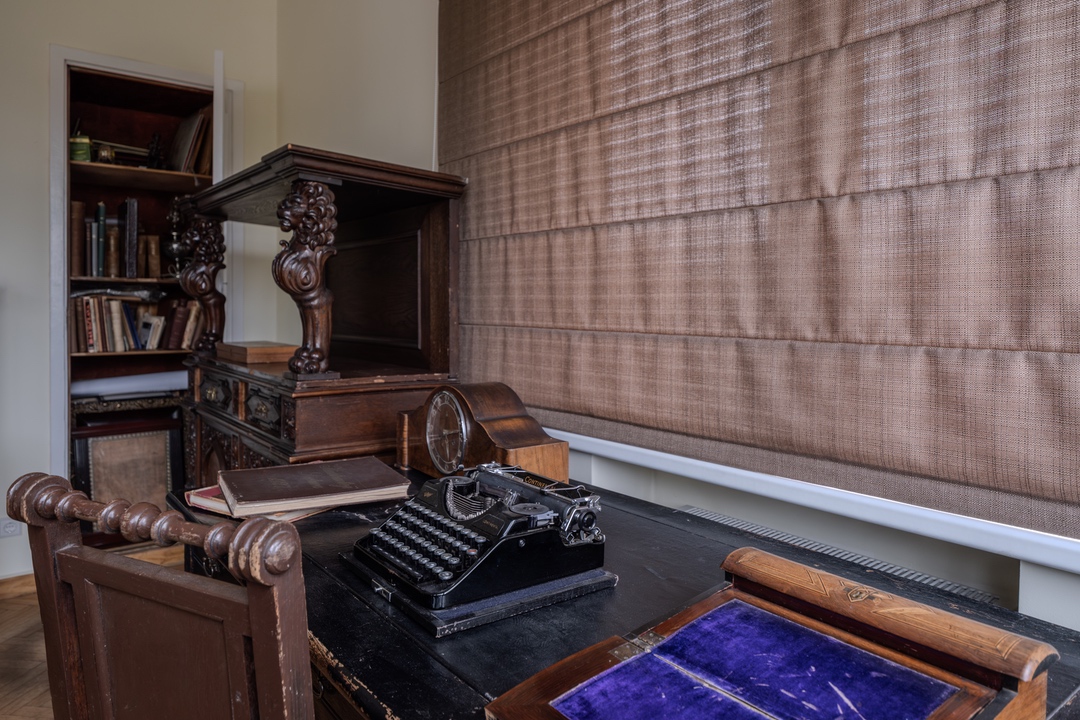
However, Inga points out that the “walls” also need to be taken care of, “For example, the ramp has brought a new group of visitors: we can also accommodate people with disabilities. They feel very comfortable here, and we organize chess and checkers tournaments.”
A unique service of the unit – home delivery of books to seniors and readers with disabilities – was “inherited” from another branch. “Those who read books at home often want historical books, classics, biographies. And visitors to the library prefer modern, newly published, advertised books,” Inga says.
Library with a kitchen
“We work with all the schools in Šilainiai, we constantly organize educational activities for students, and we also welcome preschoolers,” says Ilona Gražina Paškevičiūtė, the head of the branch and senior librarian, when asked whether the location of the Šilainiai Library within the Santara Gymnasium influences the branch’s character.
However, the most distinctive feature of this library is its modern teaching kitchen. “It’s not just used for children’s summer camps or lectures by the Kaunas Public Health Center,” Ilona explains. In collaboration with Vytautas Magnus University, language learning sessions are held here. The sounds of Ukrainian, Italian, and even Japanese mix with the aromas of food – an unexpected, but seemingly successful cultural recipe. Of course, you’ll also find plenty of cookbooks in this library.


The Šilainiai branch also offers a virtual reality headset, various exhibitions, and open space for community initiatives. For example, it is here that a number of activities of the Šilainiai Project, initiated by Evelina Šimkutė, have already taken place. This year, Kaunas’ largest district turns 40, so you’ll find invitations to commemorative events.
Vinyl records and Jewish heritage
The library’s branch on A. Mapu Street in the Old Town has a special aura. The old red brick building houses the Art and Music Department full of books as well as vinyl records. “When I prepare monthly reports, I always notice that we mostly issue not films or CDs but vinyl records,” the head of the department, Edita Šilakauskienė, says. She says that visitors are interested in a wide range of music – from old Lithuanian popular music to ABBA.
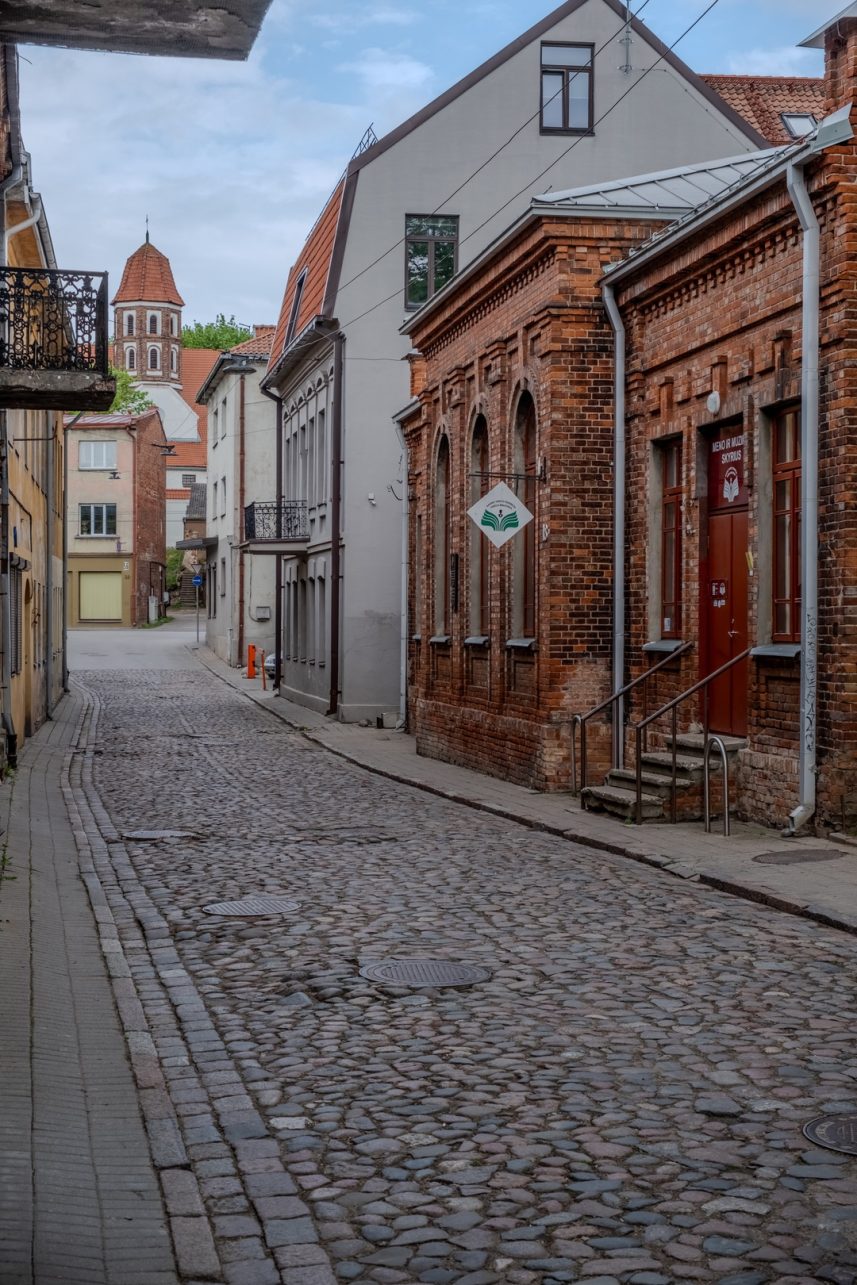
The street itself was named in 1919 after the writer Abraham Mapu (1808 –1867), who was born in Vilijampolė and worked as a teacher in Kaunas. In the interwar period, this building housed the Jewish community canteen and the Union of Jewish Volunteer Soldiers who took part in the independence struggle. As Edita explains, when she began researching the building’s history, she was especially shaken to learn that the library remained operational during the Nazi occupation. Books confiscated by the Nazis from Jewish libraries and synagogues were brought there, and language experts were brought from the ghetto to sort them… These unearthed pages of history inspired a new chapter. Today, members of the Kaunas Jewish community are frequent visitors to the library, attending themed events and offering their own initiatives.
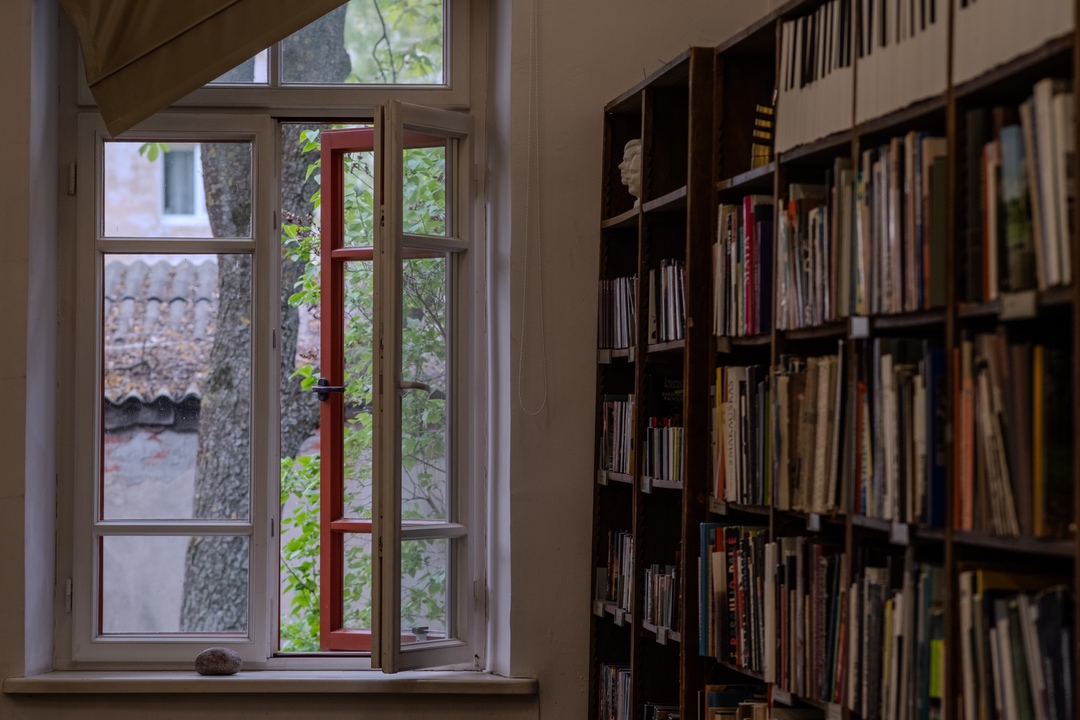
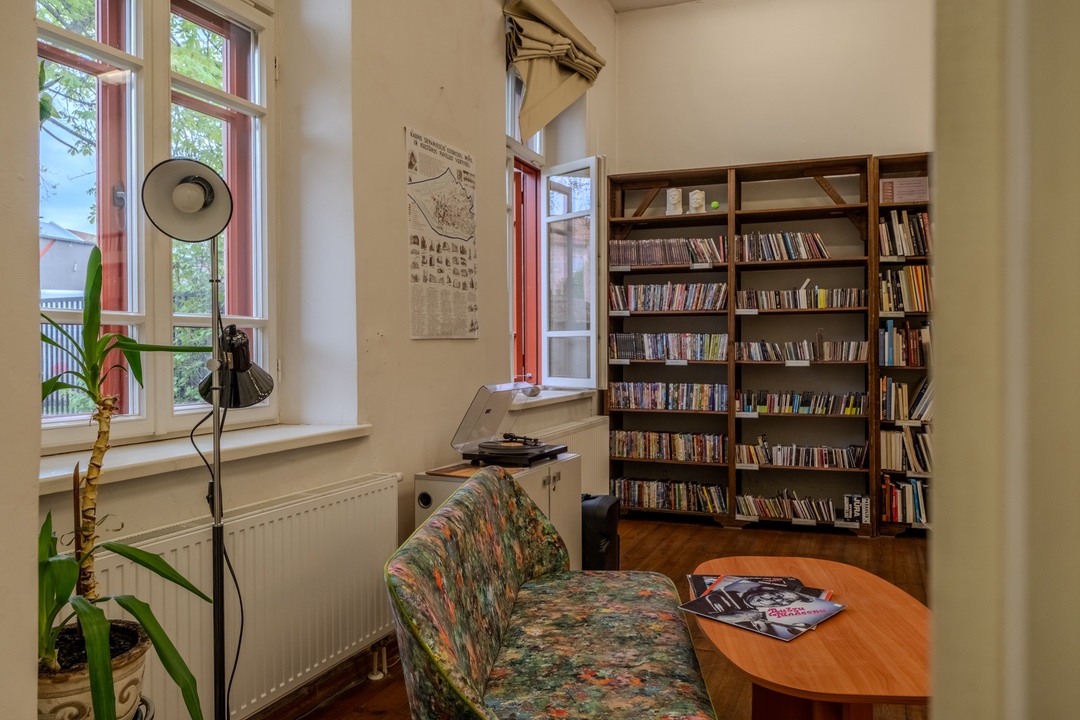
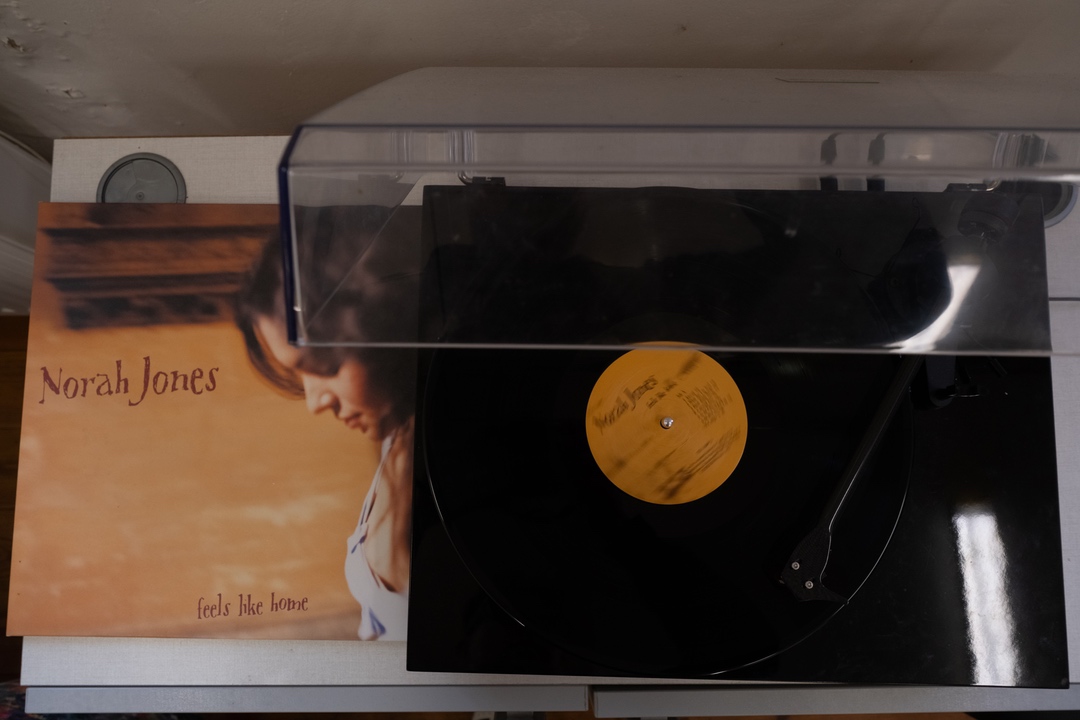
Another specific feature of the Art and Music Department of Kaunas Vincas Kudirka Library is exhibitions, which are often organized together with Kaunas College. Indeed, its Academy of Arts, located on Owl Hill, is but a stone’s throw away. The head of the unit assures us that this was the beginning of the relationship: the employees of the college are frequent clients of the library. Another group of readers that surprised me were the city dwellers who travel from one end of Kaunas to the other by public transport and change their bus or a trolleybus “by the castle”. Obviously, A. Mapu Street is a very convenient place if you have a free half an hour.
The oldest of all – in Šančiai
Although this year the library’s centenary is being celebrated by the entire network of Vincas Kudirka Library, the Šančiai branch already commemorated its anniversary a couple of years ago, as it is the oldest in the city. After wandering around the district, changing a few inconvenient places, the branch finally settled in the Šančiai Primary School, built in 1939 (now the Kaunas Adult and Youth Education Centre, whose students come to the library to borrow mandatory literature for school or just to hang out).
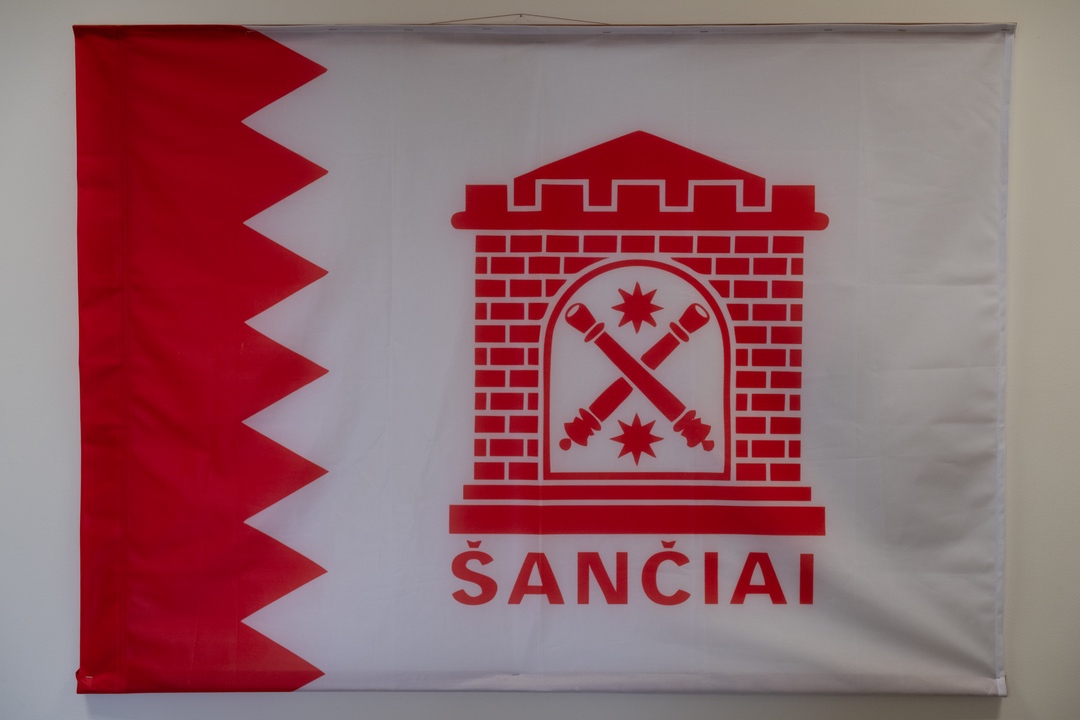
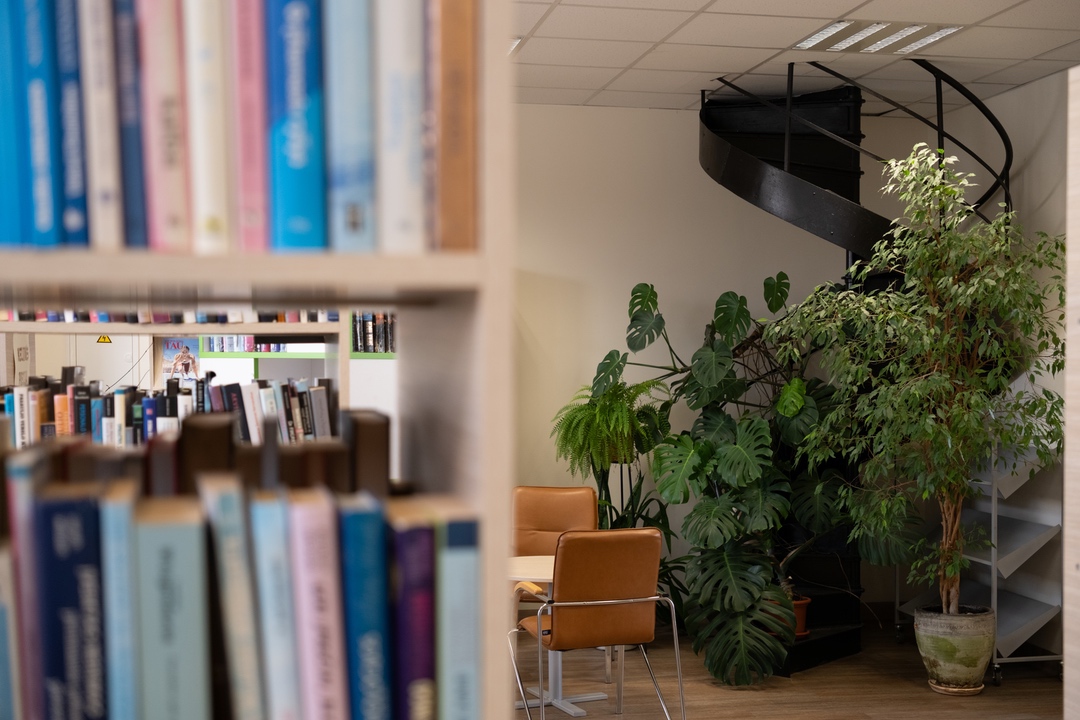
One of the defining features of Šančiai is its strong sense of community, which becomes apparent as soon as you step into this colorful district. The library is no exception – it hosts community meetings, and book launches by local authors, and actively participates in the annual Šančinės festival. The famous Šančiai native Egidijus Sipavičius performed at the centenary! Although senior librarian Giedrė Čeponienė laughs that she would like to move even closer to the main avenue, being on Sandėlių Street has its advantages. The Baltic Circus and the Clown Museum are right next door, and the Drobė factory with its eponymous art gallery is also nearby. The branch has its own traditions: visitors request the popular trivia nights even when the weather warms up. Others attend chess clubs or crafting workshops.
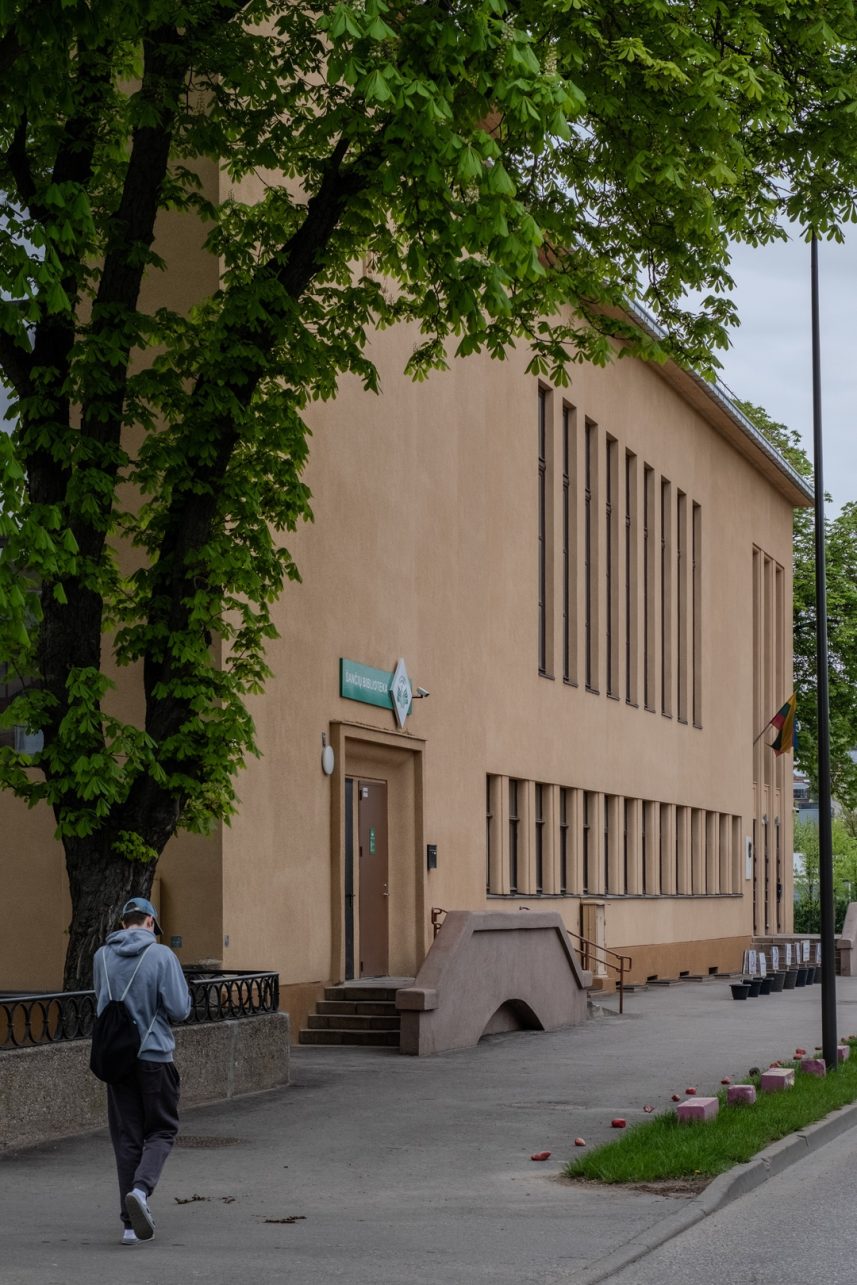
Two safes and an open door for all
The final stop on the route is Laisvės Ave. 57, officially known as the Consumer Service Department. It’s not the central library and not the adult department, as it is often incorrectly called! Just like in other branches of the Vincas Kudirka Library, this one welcomes readers of all ages, as well as their four-legged companions. But what do the walls of this building hide?
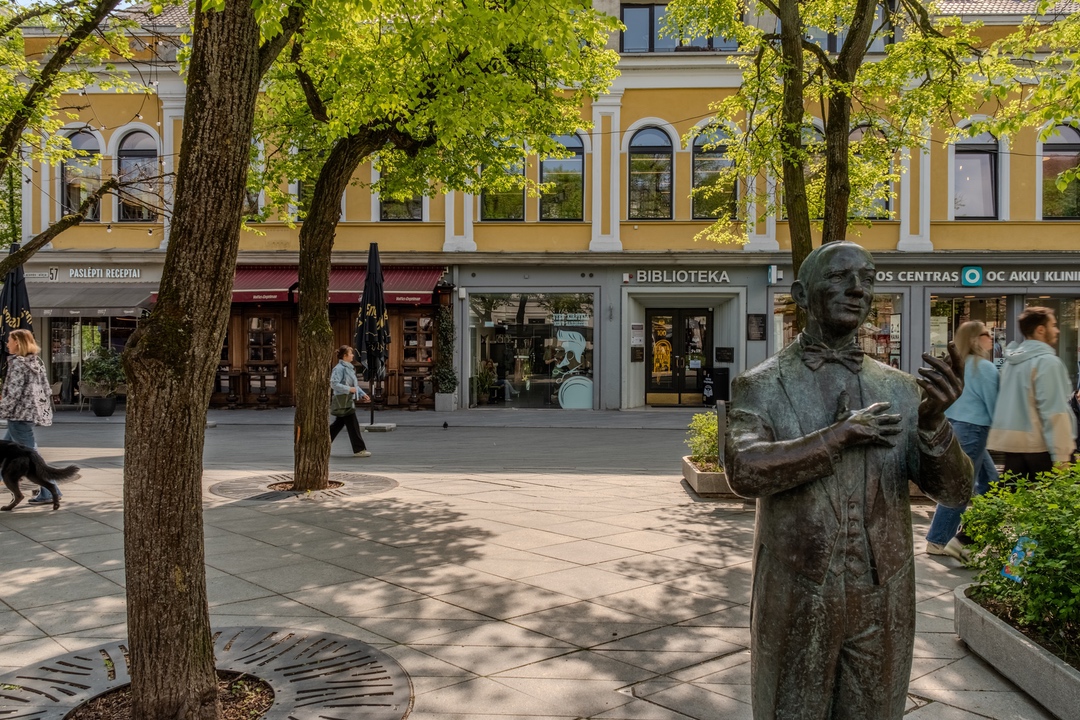
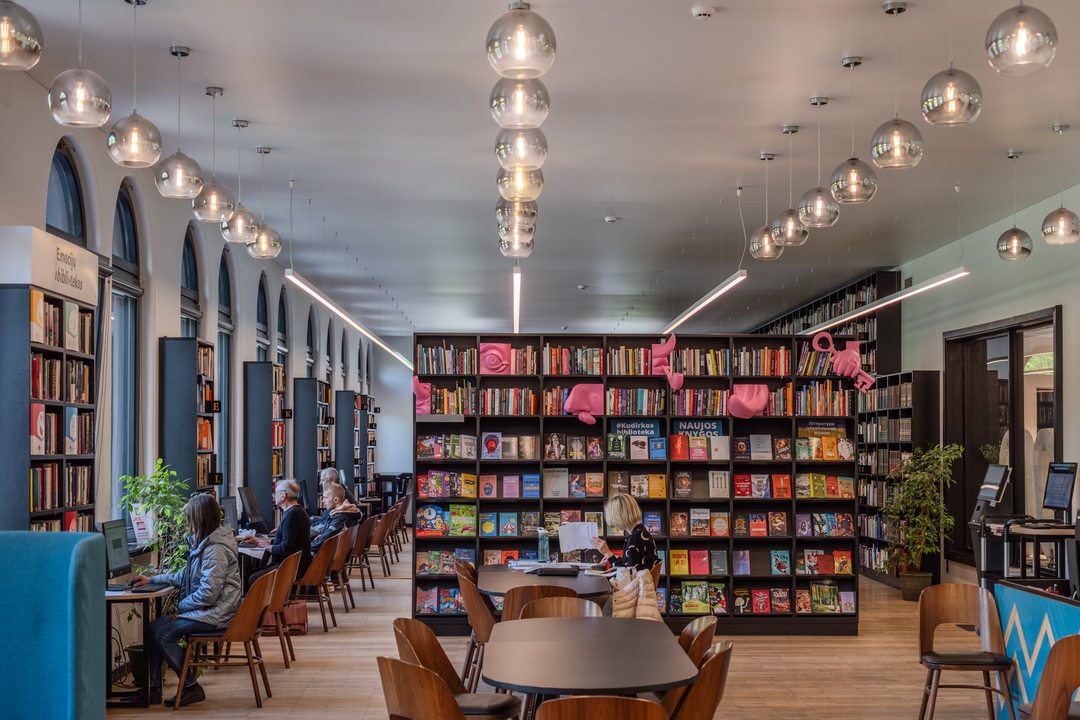
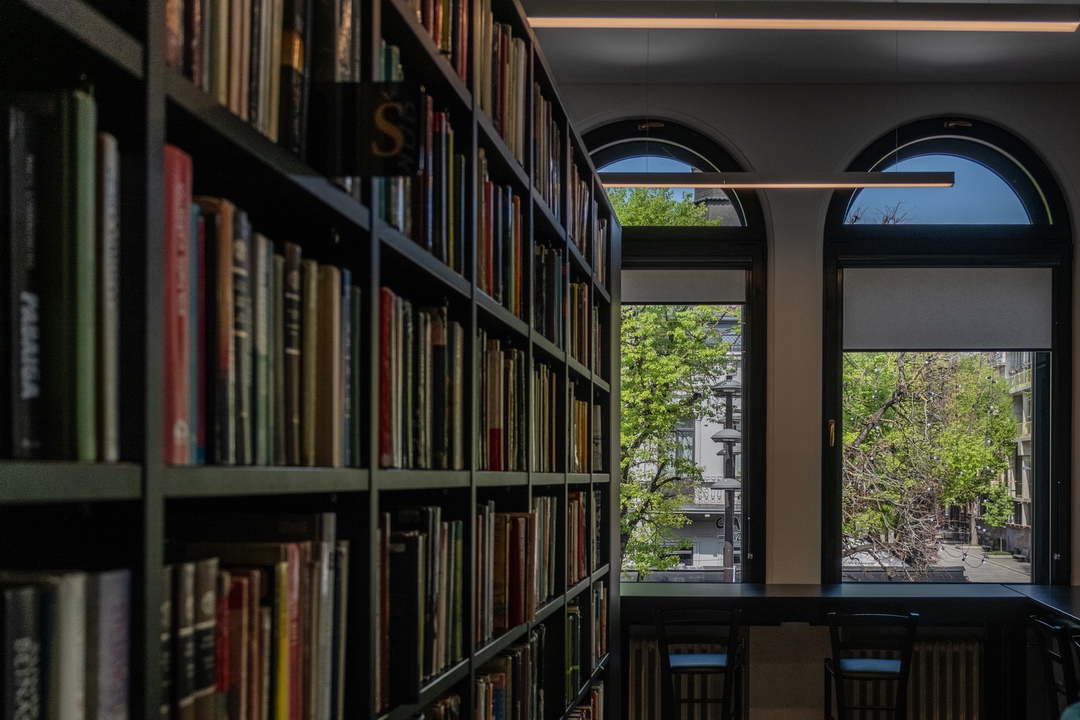
As Monika Balsevičienė, head of the library’s Cultural Management Department, shared, the building facing the fountain was originally constructed in 1865 by a Jewish merchant named Dovydas Ritenbergas. This two-story brick building is one of the oldest on Laisvės Avenue. Just like now, the first floor once buzzed with businesses, while apartments were located upstairs. In the 20th century, the building housed a girls’ gymnasium. In 1922, the estate of Arielis and Šeina Ritenbergas was bought by Lietuvos Ūkio Bank – the largest bank in the country at the time, owned by Jonas and Juozas Vailokaitis, whose office was located here. Two safes in the library commemorate the heyday of independent Lithuania. One of them has only recently been opened, and it contains old books whose stamps indicate that they were bought from an antique bookshop. Unfortunately, they are not Lithuanian, so the library cannot apply for funding to restore them.
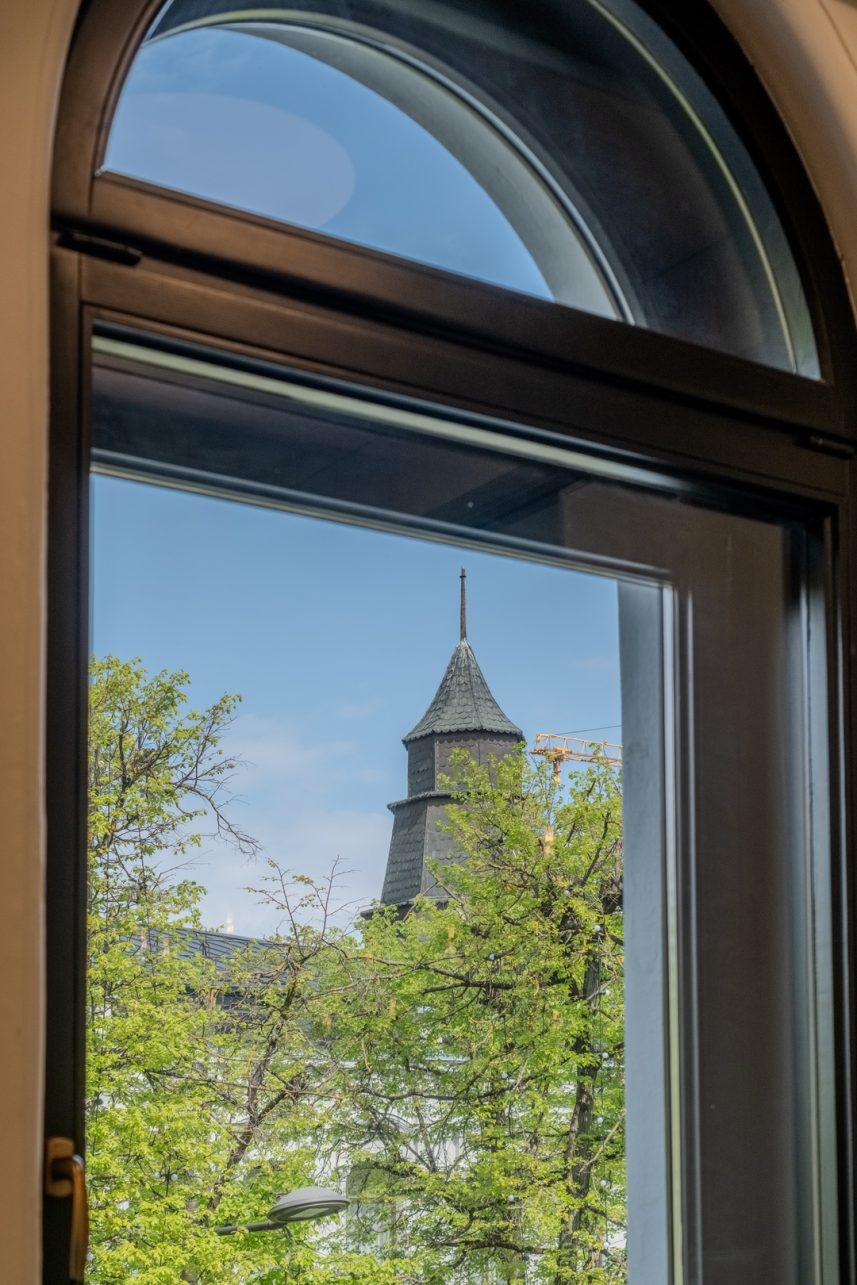
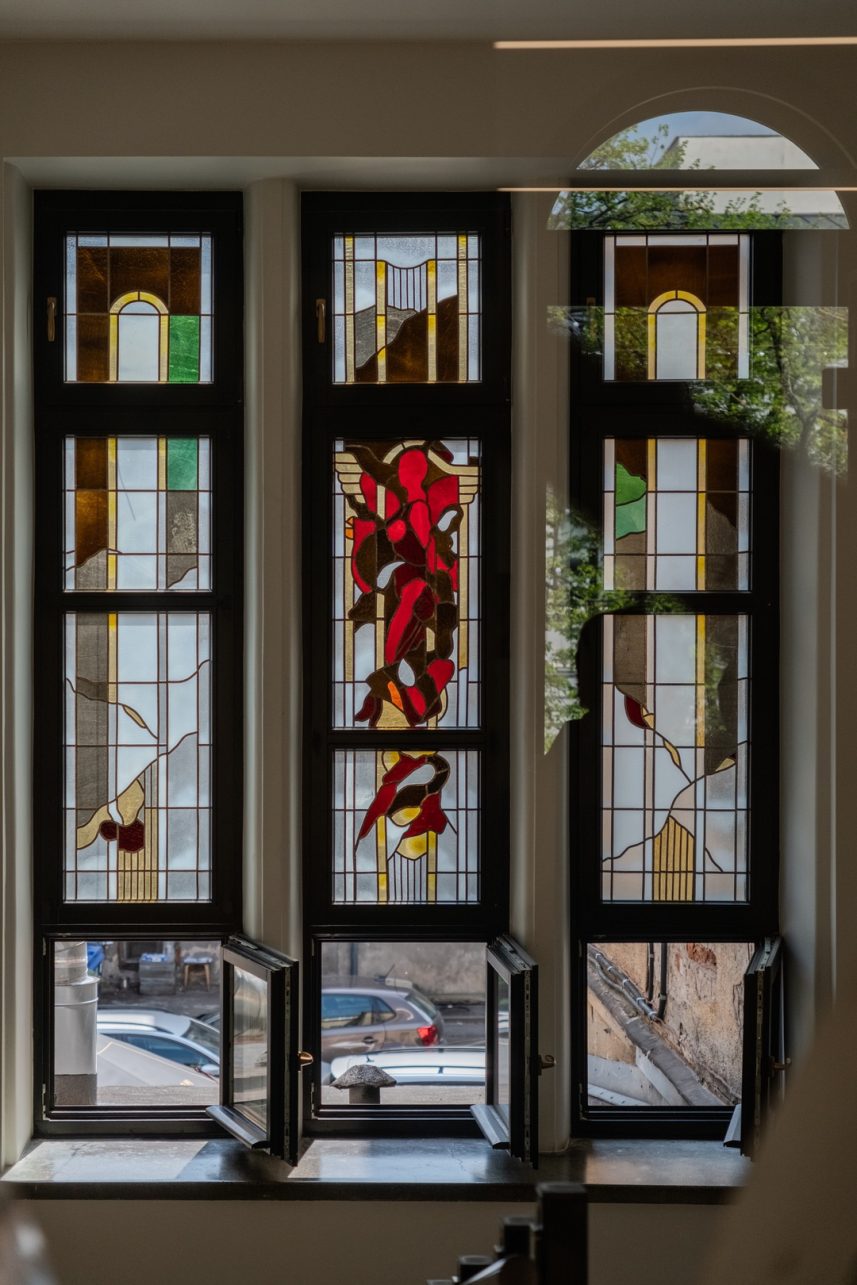
It is interesting that after the nationalization of Ūkio Bank’s property in 1941, the first place to be set up there was the Marginiai store, which belonged to the Folk Art and Home Industry Support Company, and only in 1960 the Kaunas City Municipality Vincas Kudirka Library moved to the second floor. It is important to mention here that the library, which was established in 1925, had previously been housed in two other financial institutions: the Central Jewish Bank, which has not survived, and the Polish Credit Society’s Palace on K. Donelaičio Street (now the Urbo Bank). After the war and after these were nationalised. Another interesting story comes from its period in the Fire Station: it turns out that even this kind of neighbour did not protect the library from… fire.
M. Balsevičienė can tell you more about the library’s moving from place to place, its history and present – she often leads themed tours. One of which was even held in the dark on the occasion of the library’s 100th anniversary. Outside of the tours, you will meet Monika at the library’s events, which she herself organizes.
